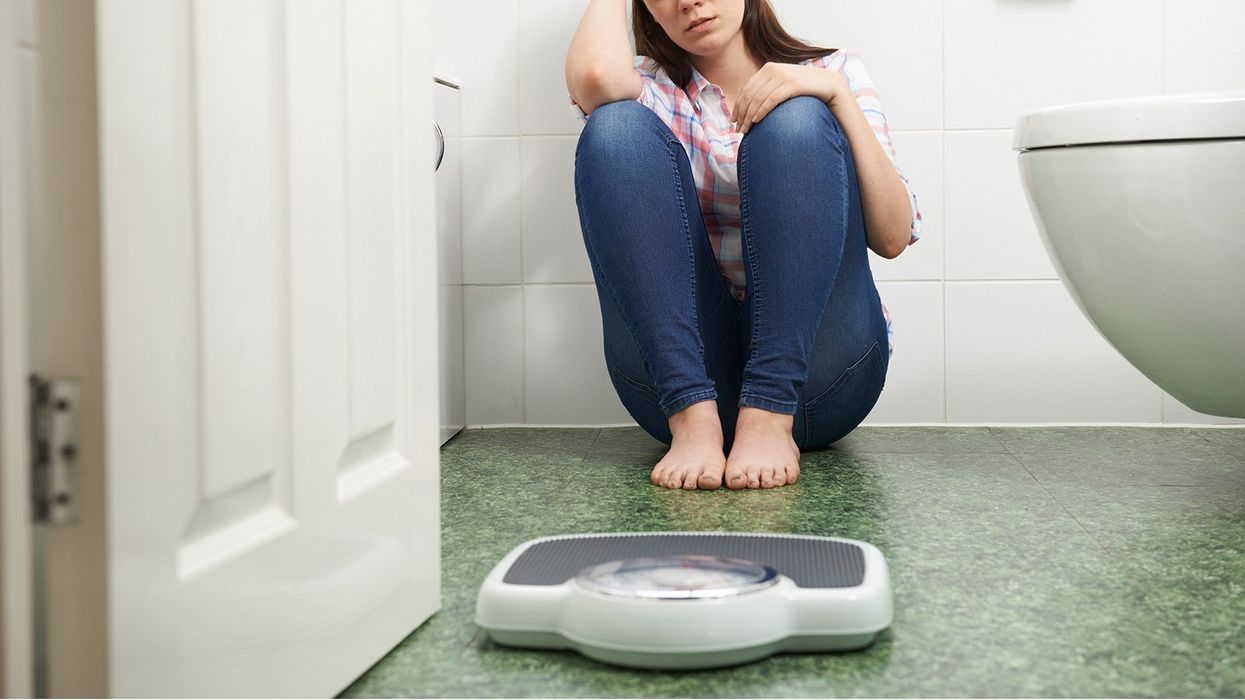Editor's note: This story is part of an occasional series covering disordered eating and diet culture.
(CNN) — More than 1 in 5 kids and adolescents around the world show signs of disordered eating, according to a new study.
The study highlights a serious public health issue that often goes underreported and underrecognized, according to the meta-analysis published Monday in the journal JAMA Pediatrics.
Researchers reviewed and analyzed 32 studies from 16 countries and found that 22 percent of children and adolescents showed disordered eating behaviors. Those numbers were higher among girls, older adolescents and those with a higher body mass index, or BMI, according to the study.
Disordered eating is similar in behavior to an eating disorder — it can include strict food rules around how much a person eats, what they are eating and how much they are exercising in relation to their food, said therapist Jennifer Rollin, founder of The Eating Disorder Center in Rockville, Maryland.
For someone to be diagnosed with an eating disorder, there are similar symptoms along with a higher level of rigidity, distress and impairment of life function, she added. Disordered eating behaviors can progress to a person being diagnosed with an eating disorder.
"However, it's important to note that both disordered eating and eating disorders are serious and deserve treatment and professional help," Rollin said via email.
Disordered eating behavior may be undertreated because kids might hide their symptoms or avoid seeking help due to stigma, according to the study.
Likewise, the study may have been limited in its ability to portray the full scope because it relied on data in which kids and adolescents self-reported their behavior, said study author Dr. José Francisco López-Gil, a postdoctoral researcher at the Health and Social Research Center at the University of Castilla-La Mancha in Spain.
"The prevalence of disordered eating could be even higher if children were asked about binge-eating or muscle-building symptoms and included studies during the pandemic," said Dr. Jason Nagata, assistant professor of pediatrics at the University of California San Francisco. Nagata was not involved in the research.
Researchers next need to delve into what is causing the disordered eating behaviors, López-Gil said. But in the meantime, experts hope that institutions and families will focus on identifying and helping kids who are showing signs of disordered eating.
Those kinds of behaviors are dangerous and can lead to severe medical complications to organs including the heart, brain, liver and kidneys, Nagata said.
"Disordered eating is a significant problem among children and adolescents, and early detection and intervention are crucial to prevent long-term health consequence," López-Gil said in an email.
"The findings can help health professionals, educators, and parents understand the magnitude of the problem and develop strategies for prevention and intervention."
The signs of disordered eating
Adults should be aware of signs of disordered eating in both themselves and their children, López-Gil said.
Those behaviors could include an obsession with body weight or shape, distorted self-image, rigid dietary rules, binge eating and purging behaviors, he added.
Exercising in a way that worsens a person's quality of life may also be a warning sign, Nagata said via email.
"Other red flags include if an individual engages in fasting, significant caloric restriction, vomiting, or using laxatives or diet pills to lose weight," he said.
Disordered eating can also look like narrowing the groups of foods a person is willing to eat, feeling anxiety or shame if food rules are broken, the number on the scale impacting their mood or eating behaviors, limiting social events, or bringing foods that follow their rules to events to control their eating, Rollin added.
Those kinds of behaviors may motivate someone to withdraw from their usual activities, which is another warning sign to look out for, Nagata said.
While the numbers were higher in teenage girls and people with a higher BMI, eating disorders impact all people of all genders, races, ethnicities, sexual orientations and sizes, Nagata emphasized.
And eating disorders may be particularly underdiagnosed in boys, LGBTQ people, people of color and people with larger bodies, he added.
"You cannot tell that someone has an eating disorder based on appearance alone," Nagata said.
How to find help for disordered eating
If you see signs of disordered eating in your child, seek professional help from a health care provider or a mental health specialist, López-Gil said.
Early intervention is important so that disordered eating does not progress into a fully diagnosed eating disorder, Rollin said.
Families can offer support to their child by starting from a positive and nonjudgmental place, López-Gil added.
And teens who are worried about their own behavior can talk to a health care provider, school counselor, family member or teacher, Nagata said.
The best way to support an eating disorder or disordered eating will often include many people, such as providers for mental health, medical care, and nutrition, he said.
A medical provider can often provide the referrals to get the other professionals involved, Nagata added.
"Parents can also call the National Eating Disorders Association helpline (800-931-2237) for guidance," he said.
"Eating disorders and disordered eating can both take away and limit someone's quality of life as they both fill your brain with thoughts about food and your body," Rollin said, adding that the behaviors often keep you from other things you value in your life. "Freedom is possible, and you deserve to live a full life — not one that is consumed with food, exercise and weight."
The-CNN-Wire
™ & © 2023 Cable News Network, Inc., a Warner Bros. Discovery Company. All rights reserved.
- Keep Diet Culture Out of Girl Scout Cookie Season, Doctor Says ›
- Eating Disorders Skyrocketed During the Pandemic, Study Shows ›
- Intuitive Eating Says 'No' to the Restrictions of Diet Culture | AdvocateChannel.com ›


















































